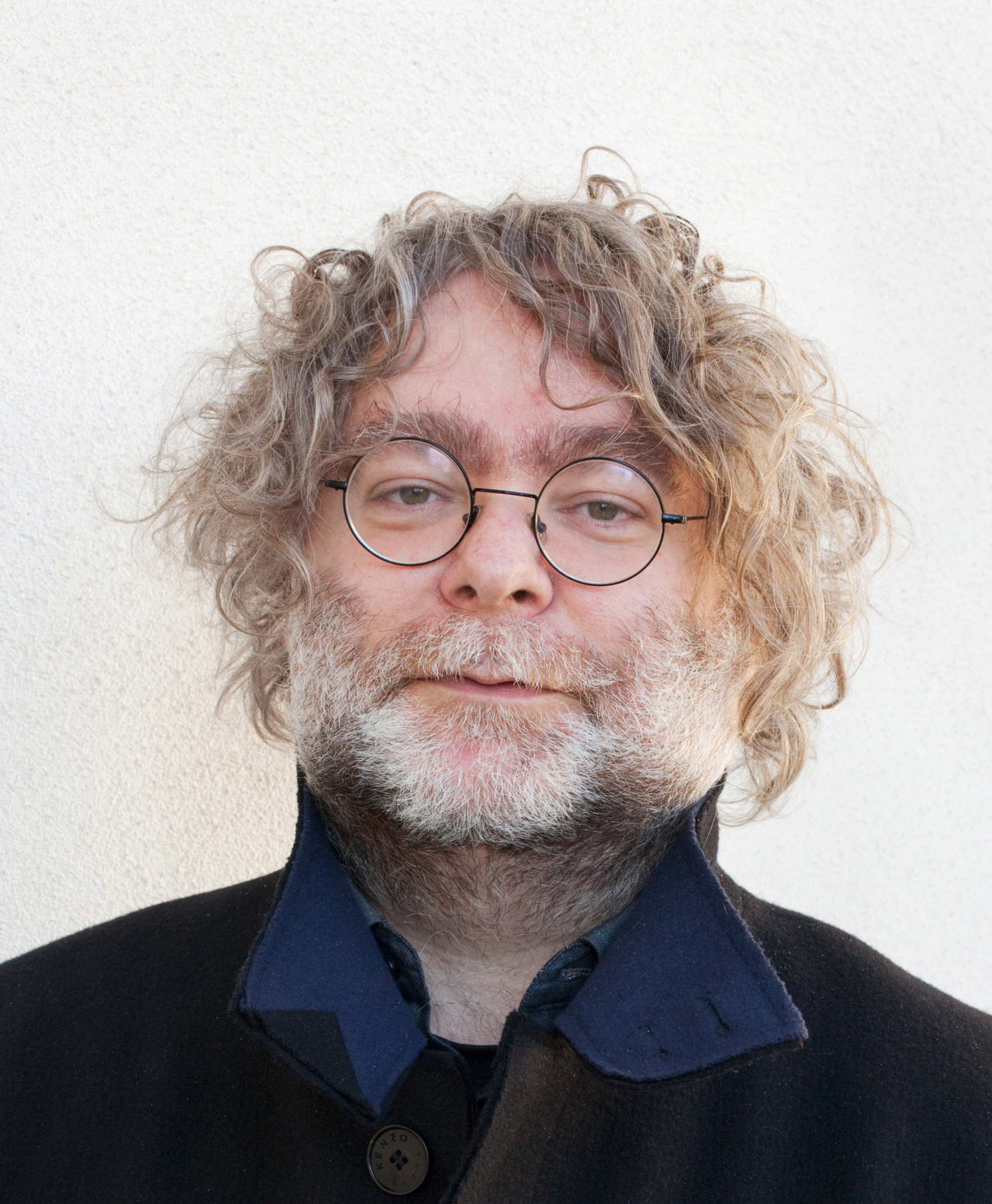evenement
vr
22
sep
>
za
07
okt
Tentoonstelling - Hydromedia. Seeing with water
Deze groepstentoonstelling in Stormkop neemt het aquatische ecosysteem van het Schelde-estuarium als uitgangspunt. Met werk van Mirja Busch, Jarek Lustych, Sascha Herrmann en Tim Theo Deceuninck.
lees verder
evenement
za
23
sep
>
za
23
sep
Workshops - Hydromedia
In de context van de 'Hydromedia' tentoonstelling in Stormkop, nodigen drie van de deelnemende kunstenaars je uit om deel te nemen aan een workshop: probeer experimentele fotografische processen uit, onderzoek plassen of leer het geluid van water vast te leggen.
lees verderartikel
Open Call - Hydromedia: Seeing with Water
'Hydromedia' would like to develop and promote new, experimental and easy- to-use artistic protocols to visualise and narrate the climate crisis. OPEN CALL for residencies dealing with a local topic concerning ecological water management in Antwerp, Utrecht or Karlsruhe.
lees verderpagina
Volg ons!
INSTAGRAM / FACEBOOK / NIEUWSBRIEF → Art & Research
lees verder





